By Mehmet Enes Beşer
In the midst of the evolving context of global development cooperation, a quiet but significant shift is taking place: Indonesia, traditionally categorized as an aid recipient, is increasingly emerging as a full-fledged donor country. While its aid volumes are still small compared to established donors, Indonesia’s growing practice of employing development aid as a foreign policy tool is a turning point in the country’s international identity.
With its status as the largest Southeast Asian economy and G20 member, Indonesia has long sought an international role to match its size, diversity, and diplomatic ambitions. But increasingly, foreign aid is becoming one of the pillars on which Jakarta asserts influence and forges regional leadership. Through its Indonesian Agency for International Development (Indonesian AID) created in 2019, the country has formalized what had been a policy of technical assistance, humanitarian assistance, and development cooperation ad hoc.
Indonesia’s turn to the status of donor is not immediately obvious. The country still grapples with its own developmental problems: disparities in infrastructure, educational inequality, and climate exposure remain top-of-mind issues. But that’s part of its appeal. Indonesia’s journey from low-income to lower-middle-income status lends credibility to its own experience of development. It speaks with doing rather than with theory. And while some Western donors have the burden of colonial legacy and geopolitical overreach to weigh them down, it doesn’t.
What is most intriguing about Indonesia’s foreign aid policy is its subtlety. Rather than block-buster-sized aid packages, Indonesia focuses on technical assistance, capacity building, and diplomatic engagement with other developing countries—most prominently in the Indo-Pacific and Africa. Its foreign aid targets those sectors where it has comparative advantage: disaster relief, democratic governance, Islamic education, and public health. These are not simply development issues—these are soft power assets.
Indonesia’s aid diplomacy has also been a vehicle for South–South and triangular cooperation. Through assistance from Japan, South Korea, and the UN, Indonesian AID has provided training and knowledge transfer programs in Timor-Leste, Fiji, and other African countries. These partnerships allow Jakarta to punch above its fiscal weight without having to spend enormous amounts of money.
But underneath the magnanimity of spirit, calculation lies. Foreign assistance enables Indonesia to deepen bilateral ties, reinforce regional security, and resist external influence—especially in those parts of ASEAN where competition from China and the West is strengthening. Indonesia’s donation of COVID-19 help and peace talks to Myanmar, modest as it was, shows that it wants to maintain ASEAN unity and to exercise regional control over delicate matters.
Similarly, Jakarta’s engagement with Pacific Island states, often overlooked by ASEAN, offers a window for increasing its diplomatic footprint and advancing inclusive regionalism. Through this, Indonesia also counters the growing presence of external powers like China, which has poured to the Pacific with assistance under the Belt and Road Initiative. Lacking Beijing’s economic clout, Indonesia offers an alternative model of cooperation founded on cultural affinity, religious diplomacy, and shared problems of development.
That is not complication-free. Indonesia’s own retreat from democracy—seen in recent assaults on civil liberties and freedom of the press—can also erode the moral legitimacy of its governance-driven development initiatives. To be a successful development partner, Indonesia must ensure that its domestic institutions reflect the values that it promotes internationally.
Moreover, there are issues of the institutional capacity of Indonesian AID. Potentially important in intent, it remains under-resourced and heavily line ministry-reliant for implementation. It will have to extend its reach with stronger inter-agency coordination, a clearly articulated strategic framework, and consistent long-term political backing. Donor status is not a budgetary decision—it is a change in governance.
Indonesia’s success also relies on Indonesia’s ability to listen and be flexible. Development cooperation must be a dialogue and not a soliloquy. Vietnam and Rwanda have shown that peer learning—when based on respect for one another—can be superior to top-down assistance. Indonesia can further develop this model with humility and mutuality embedded in its aid architecture.
Lastly, foreign aid must be balanced against domestic expectations. As public awareness of Indonesia’s role as a donor grows, so will questions of whether money must be spent abroad when there is still poverty and inequality domestically. It is in this respect that transparency and openness are crucial. The people of Indonesia must be taught that foreign aid is not philanthropy—it is strategy. It is an investment in regional security, economic interdependence, and global credibility.
Conclusion
Indonesia’s own evolution from aid recipient to emerging donor is one aspect of a broader shift in its own self-perception and role in the world. Foreign aid is no longer the exclusive domain of wealthy nations—it is becoming ever more a means of middle powers that wish to shape their own regions, speak up, and write their own development narratives.
For Indonesia, this transition is ongoing. Its aid volumes may be modest, but its ambition is large. By leveraging its development expertise, forging inclusive partnerships, and anchoring cooperation in shared values, Indonesia can reimagine what it means to be a donor in the Global South.
This is not a matter of racing with the West or China—it is about making an independent, strategic room for maneuver in international affairs. And in an international order where influence is becoming ever more about ideas, collaboration, and confidence, Indonesia’s foreign assistance can become one of its strongest diplomatic tools.



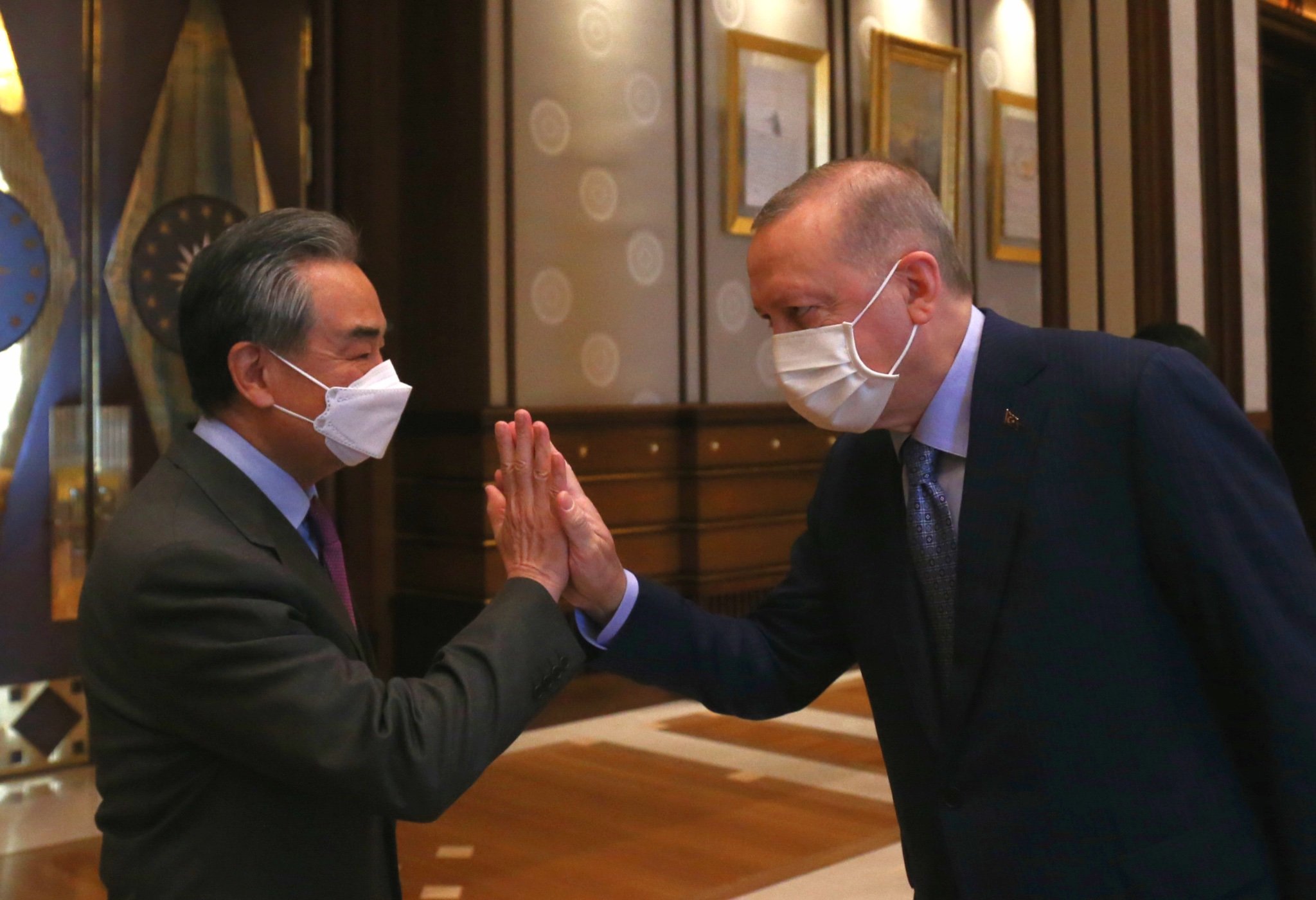
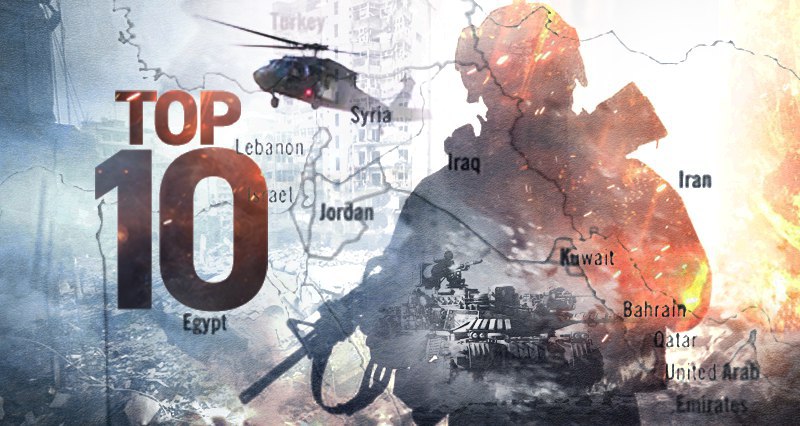
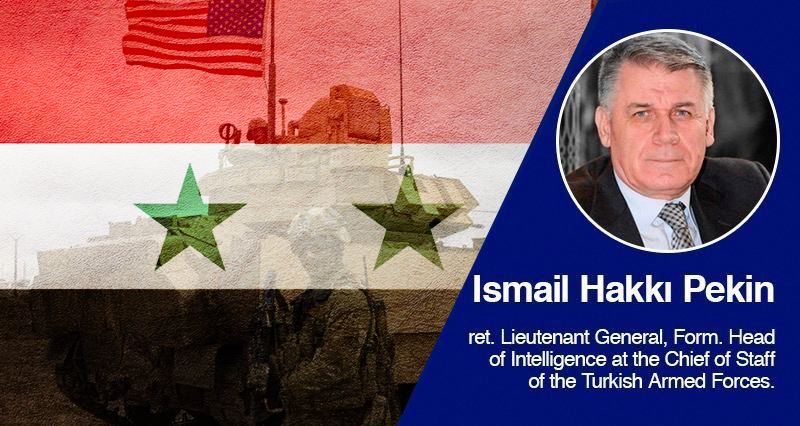

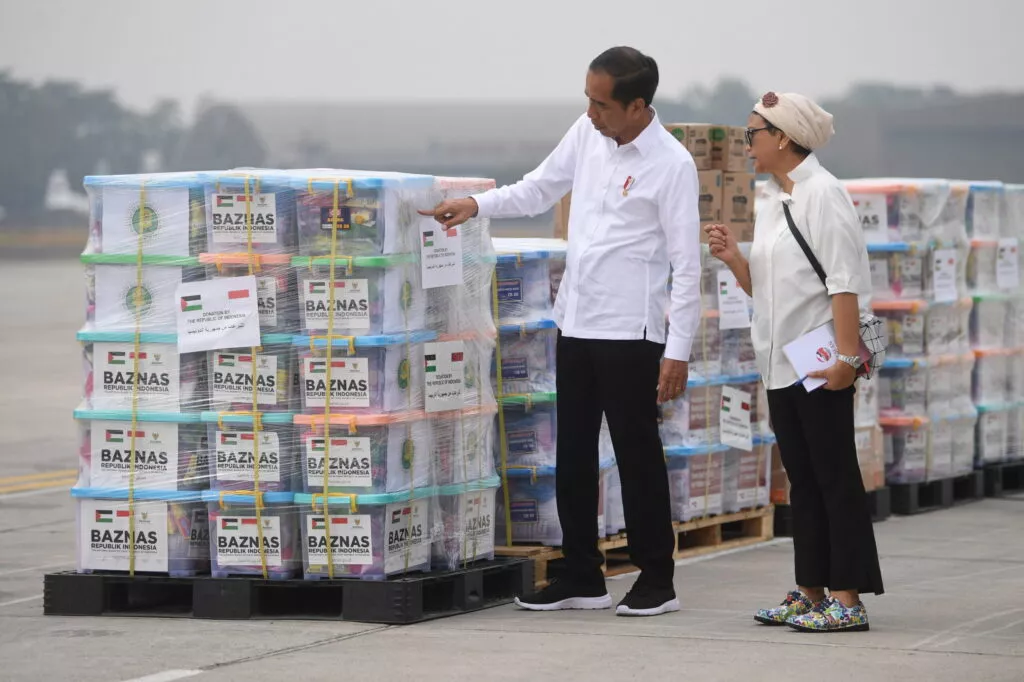


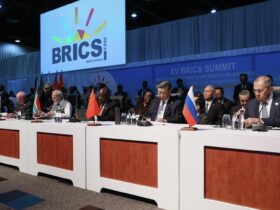

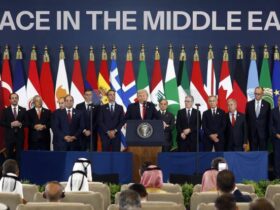



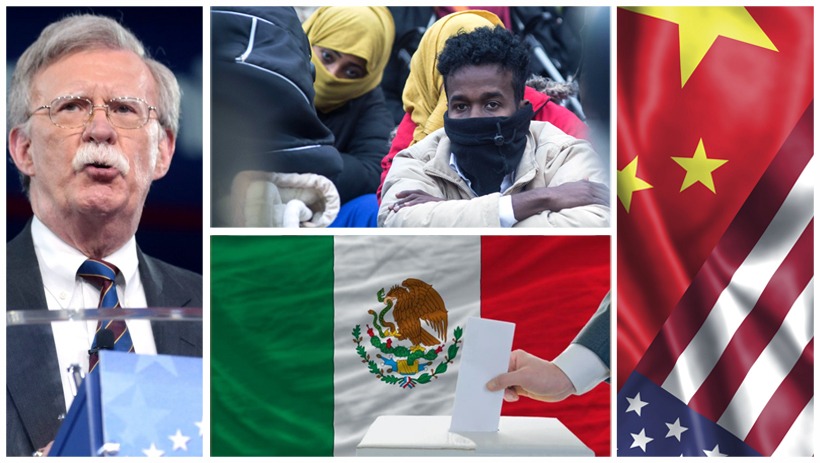
Leave a Reply